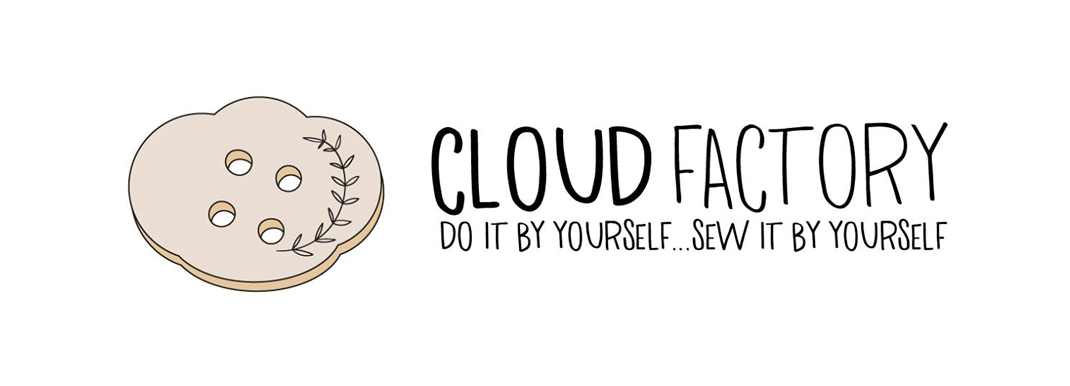Namaskar :)
Today we are going to make patterns for a saree blouse. If you are one of my Indian students, probably know already how to make a 4 darts blouse, but this time we are not going to make it with the traditional method. Instead, we are going to transform our basic bodice patterns into blouse patterns. Why? Because I have many requests and messages with doubts about the fitting of a blouse. As you probably know saree blouses almost always need adjustments, and often we have fitting problems when we make blouses. That is because in the traditional way, we use the darts with standard measurements, and standard measurements cant fit perfectly on different bodies.
Is because of that, that I thought to make blouses using the basic bodice patterns because these have custom darts. The width of the darts is obtained using our particular measurements, so the trick is to transfer those custom darts to wherever we need them for a blouse.
So these are the darts we have in the front pattern of the bodice block:




















